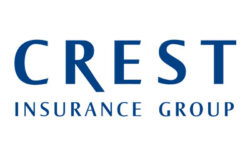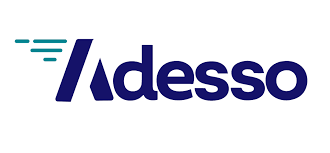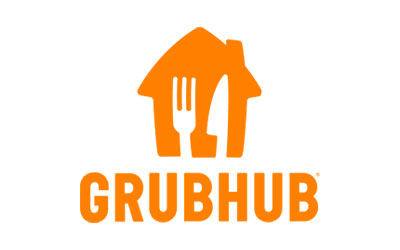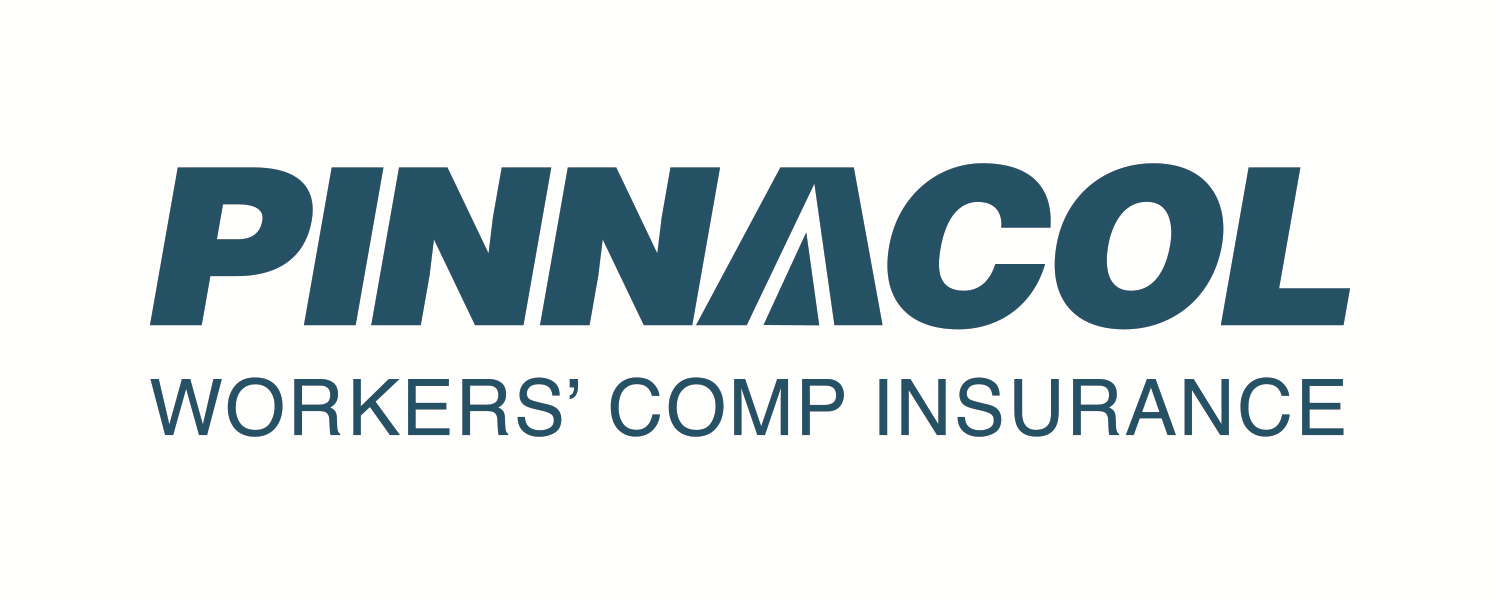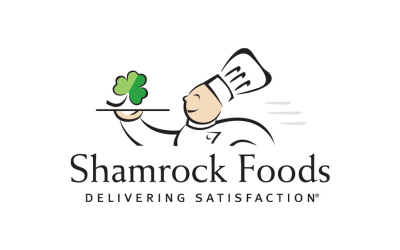Sponsored by our partners at Pinnacol Assurance
Workers’ Comp 101: What Colorado restaurants need to know
Cuts. Slips and falls. Bruises. Strains. Burns.
These are the top five kinds of injuries at Colorado restaurants that result in workers’ compensation claims, says Jennifer Schmitz, underwriting lead at Pinnacol Assurance.
Workers’ comp insurance provides wage replacement and medical benefits to employees injured on the job. Employees receive those benefits as long as they are injured and can’t perform their normal duties.
Such injuries are primarily what causes workers’ comp premiums to rise — the more injuries, the more claims, the more payouts to employees, and the more expensive such coverage becomes for Colorado restaurants.
Given that “the profit margin is so small for a restaurant, any cost savings they can get on insurance is a big deal,” Schmitz says.
Although Colorado requires all businesses with employees to carry workers’ comp, there are tools to help manage the costs of coverage.
Here are five things restaurant owners and managers should know about workers’ comp:
1. Restaurant type, experience rating help set workers’ comp premiums
A business’ classification helps determines the premium cost. Restaurants fall into three types of operations, per the National Council of Compensation Insurance (NCCI):
- Fast food restaurants
- Bars, nightclubs, or taverns
- A catch-all for restaurants
Note that sit-down restaurants, other than fast food places or bars, fall in the last category. These restaurants pose a lower hazard than bars and taverns, because of their environments and likelihood of an injury.
Annual gross wages, classification, and claim frequency and severity then determine a restaurant’s workers’ comp premium.
“The more frequently an employer experiences claims could have an impact on how much premium they’re paying,” says Schmitz.
Another factor that impacts premiums is whether a restaurant qualifies for an experience rating, which is based on the policy premium’s size.
A rating of 1 is the industry average — it’s like getting a C in school, Schmitz says.
Experience ratings below 1 indicate your injury record is better than the industry average, and a rating above 1 indicates you are performing worse than average.
Restaurants that take steps to reduce injuries can work to improve their experience rating and lower their premiums, Schmitz says.
2. Workers’ comp deductible could yield savings
Another way to lower a premium, or the annual cost of the workers’ comp policy, is to carry a deductible, Schmitz says.
The deductible plan allows a restaurateur to pay a portion of the medical and indemnity cost on a per claim basis in exchange for receiving a discount on their premium.
Colorado is a net-deductible reporting state, which means that the experience rating takes into account claims incurred — and any deductible is subtracted from the claim.
Restaurants with deductible policies by law must still report all claims to Pinnacol, but would cover the costs of such claims themselves up to the amount of their deductible.
The only downside of a deductible is that the restaurant owner has an out-of-pocket expense for each claim incurred.
3. Modified duty helps Colorado restaurants and workers
Some injury claims are medical-only: if an employee suffers a small burn or bruise, which required medical intervention but didn’t prevent them from working, for example.
Other injuries require both medical treatment and time off. This type of scenario triggers a payment for lost wages that generally equates to 66.67 percent of the employee’s pre-injury average weekly pay.
Another cost-saving measure for the employer, pending medical approval, is offering modified dutyto an injured worker.
If an employee cuts their hand doing something and can’t use it, they can possibly complete other tasks, such as helping the host.
Or if they twist an ankle, they can sit on a stool to operate the cash register, instead of standing.
With modified duty, the employee is no longer sitting at home collecting lost wage benefits and can still feel like a valued part of the team.
That’s important, says Schmitz, because injuries can prove traumatic for workers. Reassuring employees that they still have a role to play can benefit everyone.
4. Separate payroll for delivery, restaurant operations
Many restaurants offer food delivery, which increased dramatically during the pandemic when customers remained at home.
However, delivery is a different type of activity or business classification — it’s higher risk and higher rated because of greater exposure to a potential claim. That means delivery is more expensive, from a workers’ comp perspective.
To reduce total premium costs, restaurants can maintain a separate payroll for their employees who perform delivery services.
By maintaining separate payroll records for the different classifications, the higher hazard classification for delivery operations won’t apply to the payroll assigned to eat-in or carry-out operations.
5. Invest in personal protective equipment
Another step that can help control the cost of claims and lead to safer conditions is the use of personal protective equipment, such as non-cut gloves, non-slip mats and proper footwear.
“What restaurateurs might pay on a claim or in a deductible should be weighed against the cost of gloves and other equipment for employees,” Schmitz says.
Cleanliness is also a major factor, she points out, and can help reduce accidents and injuries.
“Any time a restaurant can introduce a safety program — it’s going to be in their favor,” she says.
Looking for ways to save on your workers’ comp coverage?
Pinnacol Assurance has the right workers’ compensation coverage for you. Get a workers’ comp quote or connect with an agent today.

